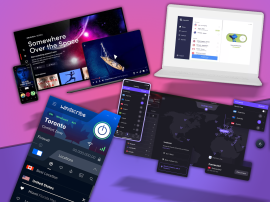Going live: what’s the best app for broadcasting live video?
Looking to become a one-man TV crew? Here's how to choose your weapon...
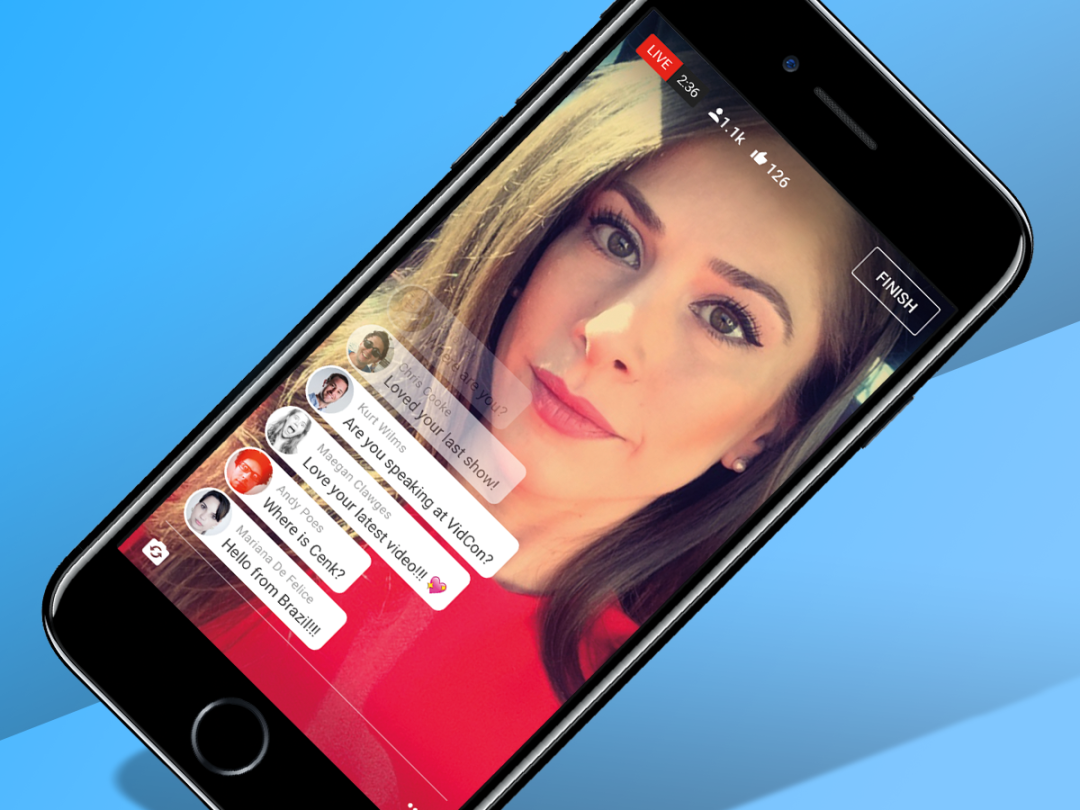
Thanks to Periscope, Facebook Live and, as of last week, Instagram, we now all hold a tiny, live TV crew in our hands.
From being the exclusive preserve of massive TV trucks, live video broadcasting to audiences (as opposed to video calling) has become mandatory for all social network apps.
But what’s the difference between them all, any why do you need to broadcast live video anyway?
Whether you’ve found yourself in the midst of some breaking news event or just want your family to tune into a one-off livestream of your holiday antics, there’ll be a particular live app for you.
That’s why we’ve rounded up the best, starting with the newest member of the livestreaming crew…
Best for…self-destructing clips (Instagram Live Video)
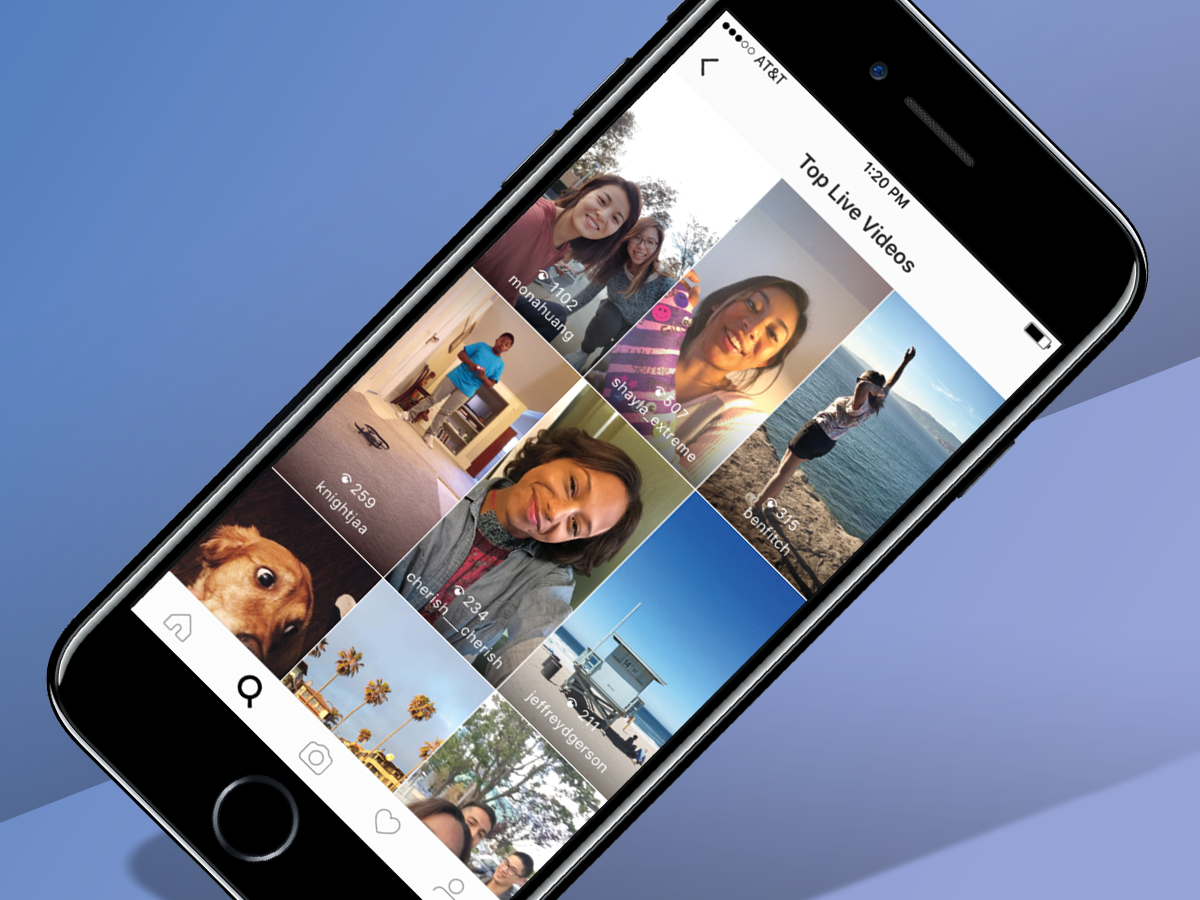
Thought Snapchat was the place for self-destructing media? While that’s true for messaging, Instagram has done a Melania Trump and ‘borrowed’ its rival’s idea for a new Live Video feature.
These ephemeral videos, which can last up to 60 minutes and can’t be replayed by viewers, are an intriguing blend of Snapchat and Periscope. It’s best place for live video experimentalists to start, as any embarrassing fails won’t be recorded in the internet’s history books.
Once you’ve got the update (which is still being rolled out), swipe right Instagram to open the camera. At the bottom of the screen you’ll see a new ‘live’ option – choose this, then tap ‘Start Live Video’.
There’s the option to enable comments and your closest friends will receive notifications when you’re live, but otherwise it’s a very private, intimate affair compared to Periscope and even Facebook Live.
Unless you’re fame-hungry or fancy infiltrating Instagram’s public ‘Explore’ section, this makes it a good option for sharing quick clips of your holiday escapades, if not exactly becoming the next livestreaming megastar.
Download Instagram for Android
Instagram Live Video
Good for…
Short, self-destructing travel videos. Sharing privately with friends rather than big audiences.
Not so good for…
Saving videos. Building a new following.
Best for…a big audience (Facebook Live)
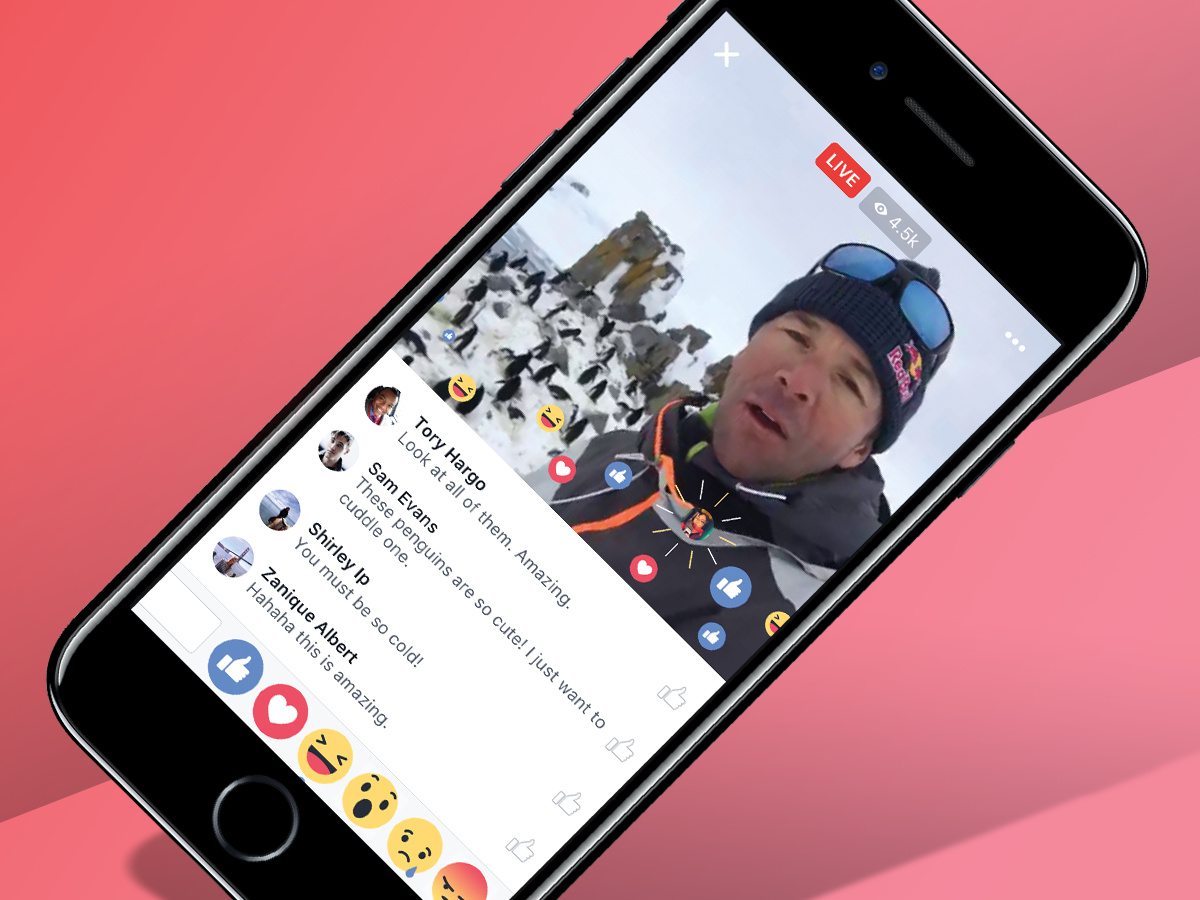
As the elder statesman of social media (and parent company of Instagram), Facebook fittingly takes the old-fashioned approach to live video. You press record, friends add their likes and emojis, and it gets saved on your timeline.
With the option of keeping or delete your videos, so you’re not destined to be haunted for life by ‘the incident’. But Facebook Live’s archiving powers make it the best choice for saving live videos for friends and far-flung banter merchants to enjoy again later.
To get going, press the ‘Live’ button that sits just below the app’s search bar and choose who you want to broadcast to. One option is to share only to one of your Facebook groups, which is handy if you don’t want that Warhammer reunion plastered across your whole feed.
You can also now broadcast in ‘full screen’ horizontal mode, which is a bit more cinematic than the traditional square format. Another plus for Facebook over its rivals are the bonus extras: Reactions is the best commenting system around, and in the pipeline are new Prisma-style video filters, a desktop mode and virtual waiting rooms.
Of course, with Facebook used by over a billion people, there’s also the possibility of saved videos spreading like wildfire, so anyone with privacy concerns might be better off with Instagram’s self-destructing clips.
But in the main Facebook Live is the gold standard for broadcasting live to your own social bubble.
Facebook Live
Good for…
Saving live videos. Commenting features. Longer videos (you can broadcast for up to four hours).
Not so good for…
Broadcasting to a new audience.
Best for…one-man TV channels (Periscope)
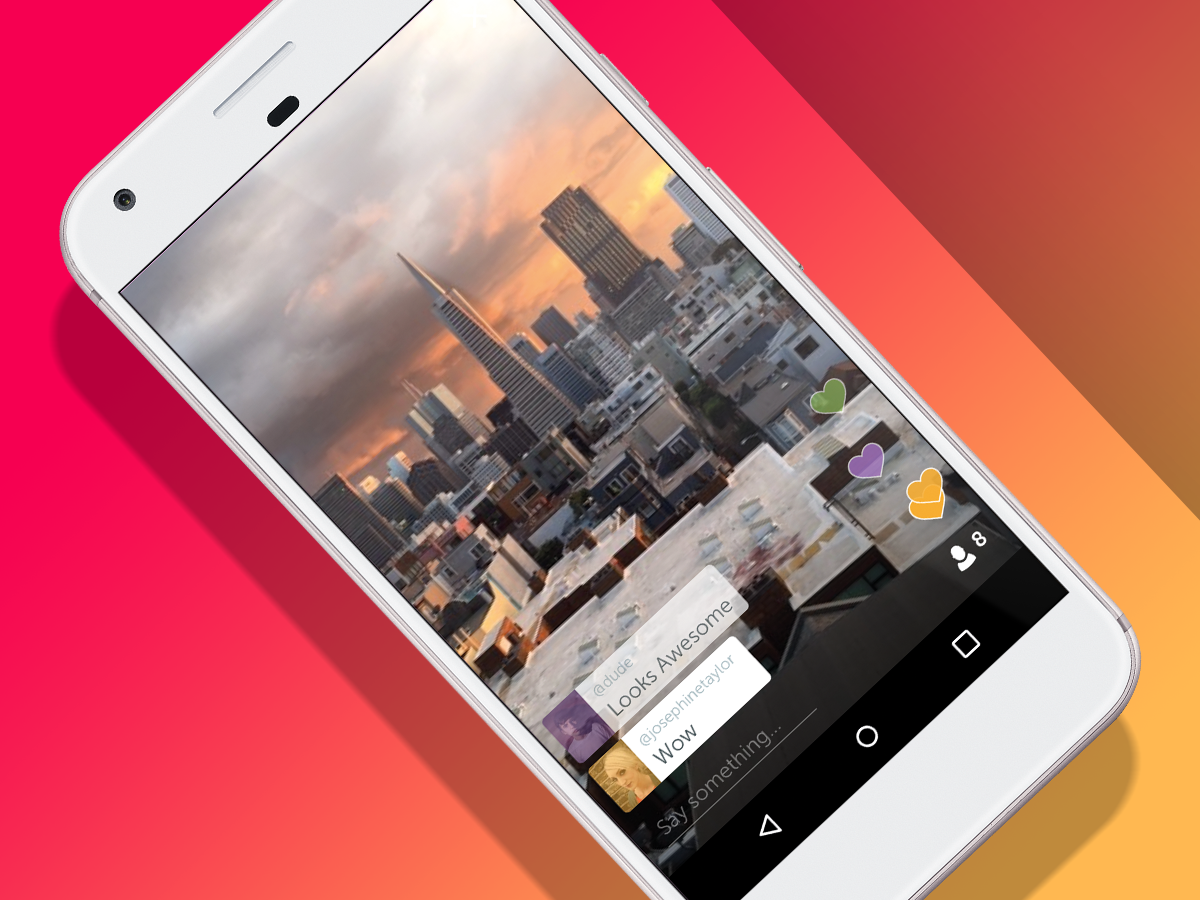
Looking to broadcast to the world rather than a bunch of people you met once through work? Periscope takes its lead from parent company Twitter and gives you a public soapbox that’s less personal than Facebook and Instagram, but better for broadcasting public events to new people.
As well as streaming in the app, Periscope lets you tweet a link to your footage and use hashtags to help strangers discover it.
Once a broadcast ends, you can choose whether to let others replay it, and your footage is automatically saved to your phone where you’re free to publish it elsewhere online.
Like Twitter, there’s a certain serendipitous charm to Periscope that can see viewers teleport between someone’s bar-hopping escapades to a secret Rolling Stones gig while on their commute home.
The flipside is that your own videos can get lost in the noise (particularly if you use lesser-known hashtags or lack a keen Twitter following), which makes Facebook Live a better bet for guaranteed views from friends and family.
Still, for citizen journos or anyone who likes the idea of being able to beam live videos into virtually any corner of the internet, it’s well worth adding to your armoury.
Download Periscope for Android
Periscope
Good for…
Live public events. Broadcasting to strangers rather than friends. Publishing to other sites. Shooting in landscape.
Not so good for…
Private live videos.
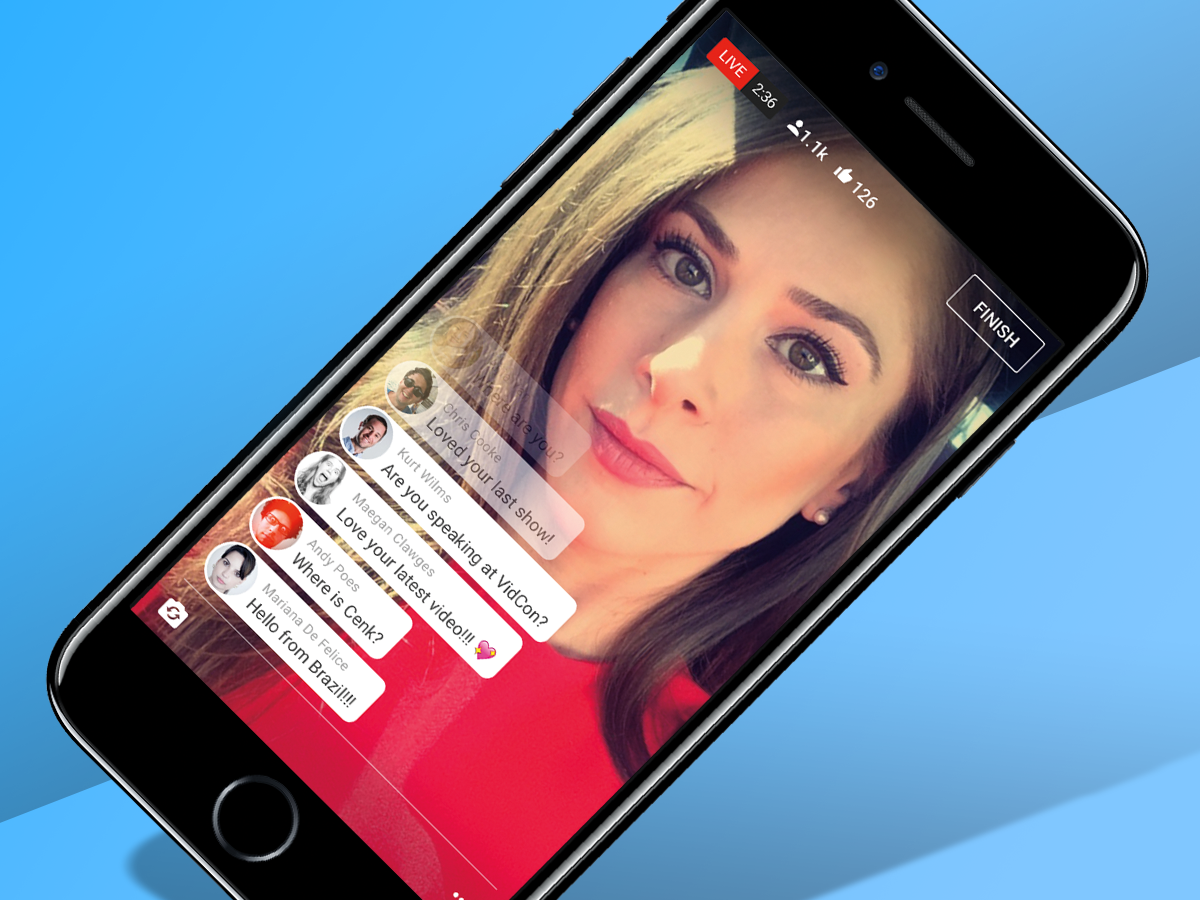
What about YouTube and Snapchat?
YouTube has just announced support for 4K livestreaming via browsers, but it’s a different story for mobile – right now, only some verified users have the option of broadcasting live video from its smartphone app (unless you’re use the YouTube Gaming app). So while its new 4K powers make it a tempting option for pro video creators and Twitch-style gaming streams, those looking to shoot live smartphone videos are still best off with one of the three apps above.
And what of Snapchat, the app that inspired Instagram’s new ephemeral live videos? It’s still more focused on self-destructing ‘one-to-one’ messaging rather than ‘one-to-many’ video broadcasting. This means that, while it supports live video chats and you can contribute to Snapchat’s Live Story feeds if you’re at a supported event, it’s not quite in Instagram or Facebook Live’s league when it comes to livestreaming to an audience.

